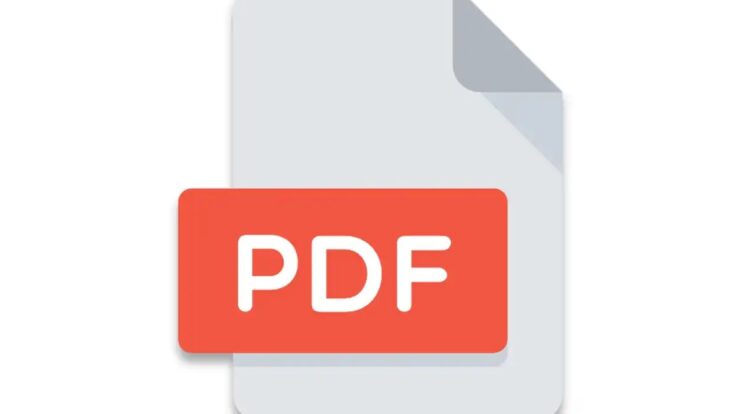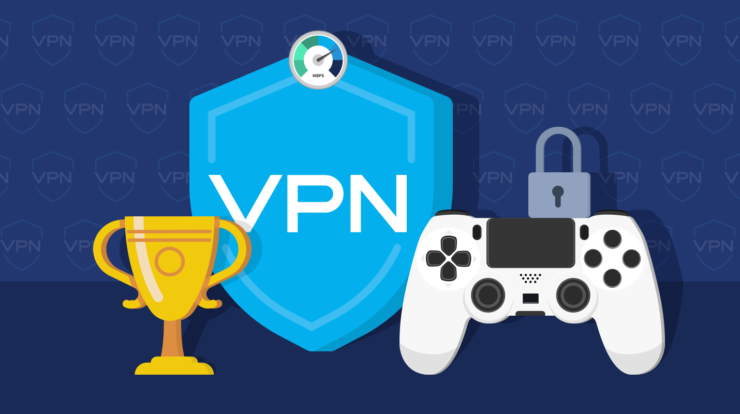
In a world growing increasingly more aware of our carbon-footprints, our impact on the environment and the world’s resources – and with good reason – the question of how to go paperless in your industry is being asked more and more.
This is especially relevant when it comes to the processes we’ve taken for granted, but which are unnecessarily wasteful. Printing emails in an office environment, for example, or relying on physical paperwork when the technology exists for this to be done electronically; such as the nursery school management software that’s revolutionising how early years education settings conduct internal and external processes.
It’s important that all industries consider the ways in which small changes to everyday practices will, in the long term, create less wasteful practices. While the largest impact will come from the monoliths of industry, the conglomerate organisations who’s heft would see significant impact should more eco-friendly, less wasteful and more carbon neutral practices be upheld, it’s still true that the little every day actions all have value.
So, we’ve put together some ideas for how to go paperless in your industry to kick start the process for you.
Going Paperless In Education
Making changes to any process in a school environment can be daunting. You’ve got to get the go ahead from key stakeholders, board members, and if the change isn’t coming from the top, the school’s head and any associated directors.
It can be tricky if the change impacts every day school life, but more often than not the benefits of going paperless outweigh the challenges.
Cut Printed Paperwork & Communications
The sheer quantity of paper used by school institutions is, more often than not, astronomical. Cutting down on the amount of printed resources used by the school, and switching to electronic systems can not only save a huge amount of natural resources, but also increase productivity.
Here are some processes which can be switched to electronic systems:
- School and parent communications
- Student feedback systems
- In-class resources such as print outs, lecture notes, and photocopies of already electronic class materials
- Internal staff communications – emails, permission documents, reports
And this is just to name a few. And when considering what exactly to use instead of paper, consider something like the nursery school management software which creates an intuitive portal that streamlines communications between staff and parents alike.
With features that support: attendance tracking, enrollments, billing, policy & regulation management, curriculum management, site wide messaging, external communication with parents, and risk assessment, such nursery school management software is not just applicable to early years education settings. It effectively collates all those time-consuming processes into one cohesive platform.
Switching to electronic systems cuts down on the time that teachers have to follow up on reports or permission forms sent home, collect all those class print outs that weren’t used, and spend writing out physical feedback reports for students.
It means teachers can spend more focused time in the class, holding one-to-ones with students, effectively marking work and providing instant feedback. It means costs are cut for school boards, and productivity across all levels rises. We think it’s a win win, really.
Going Paperless In The Office
The office environment is also another of those that is still heavily dependent on printed paperwork. And, if this year has taught us anything, it’s that many office processes are simply outdated and impractical in a constantly shifting world.
Cutting down on paper dependency in the office space reduces inefficiencies, waste and overall costs. Promoting company-wide initiatives to discourage printing, boost reusing and recycling is just the first step. Here are just a few of the ways that office environments can go paperless:
- Implementing a cloud-based visitor management system – replacing sign in sheets, legal agreements, memos and more
- Use online collaboration and note-taking platforms – like OneNote, GoodNotes and Evernote for team meetings, team projects and communication across departments
- Online productivity/communication platforms – like Slack, Asana, Microsoft Teams, Trello, Cisco Web Meetings and Zoom. These platforms reduce the need for physical calendars, improve task management, and allow for team-wide meetings in a virtual setting.
There are many facets to the office environment, and many businesses are still stuck relying on paper based filing systems, permissions documents and reporting. But reducing this reliance not only cuts down on the time staff spend organising, filing, printing and following up on paperwork, but it reduces the expenditure on paper as a resource.
And these ways to go paperless are just the beginning! Once you start exploring what electronic management systems can replace, you won’t look back.
Going Paperless In A Service-Based Industry
While the service industry, whether that’s retail, entertainment, or any services offered to clients that rely on some sort of physical setting or product, is definitely one of the hardest to digitise, there are already so many opportunities.
- Online booking platforms – restaurants, hotels, private accommodation, cinemas, golf courses, you name it, you should probably be able to book it online.
- Online check in – utilising a visitor management system similar to an office ensures that all client information is safely stored, and easily accessible
- Online permission forms – switching to electronic permission forms reduces the internal processes when signing off reports, procedures or proof of work. It also means all necessary staff have access to these documents instantly.
- E-receipts – already implemented in many stores, e-receipts are a great way of reducing the amount of paper wasted on receipts. It also means that these won’t get lost when a customer comes asking for a refund…
Overall, when you overhear someone about how to go paperless in your industry, there is already a wealth of virtual management systems, applications and platforms that exist which can not only save the business or institution money, but also save on staff time, and boost productivity.
You’ll wonder why you didn’t go paperless sooner…


